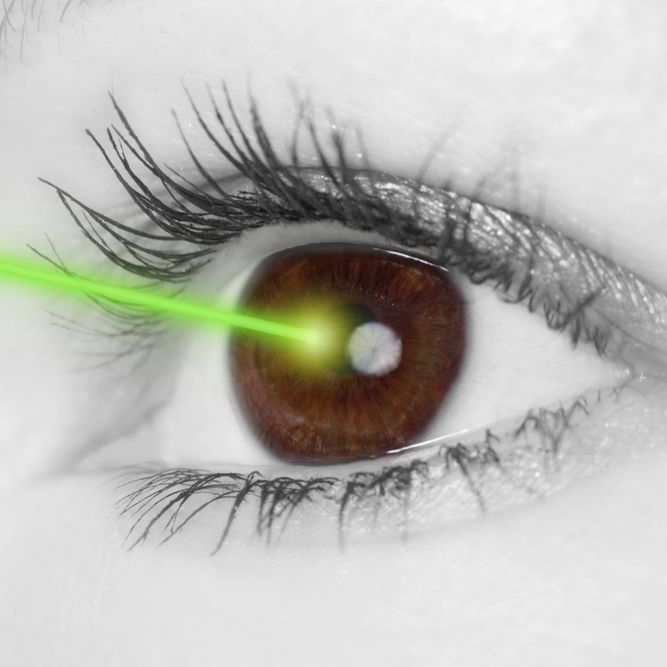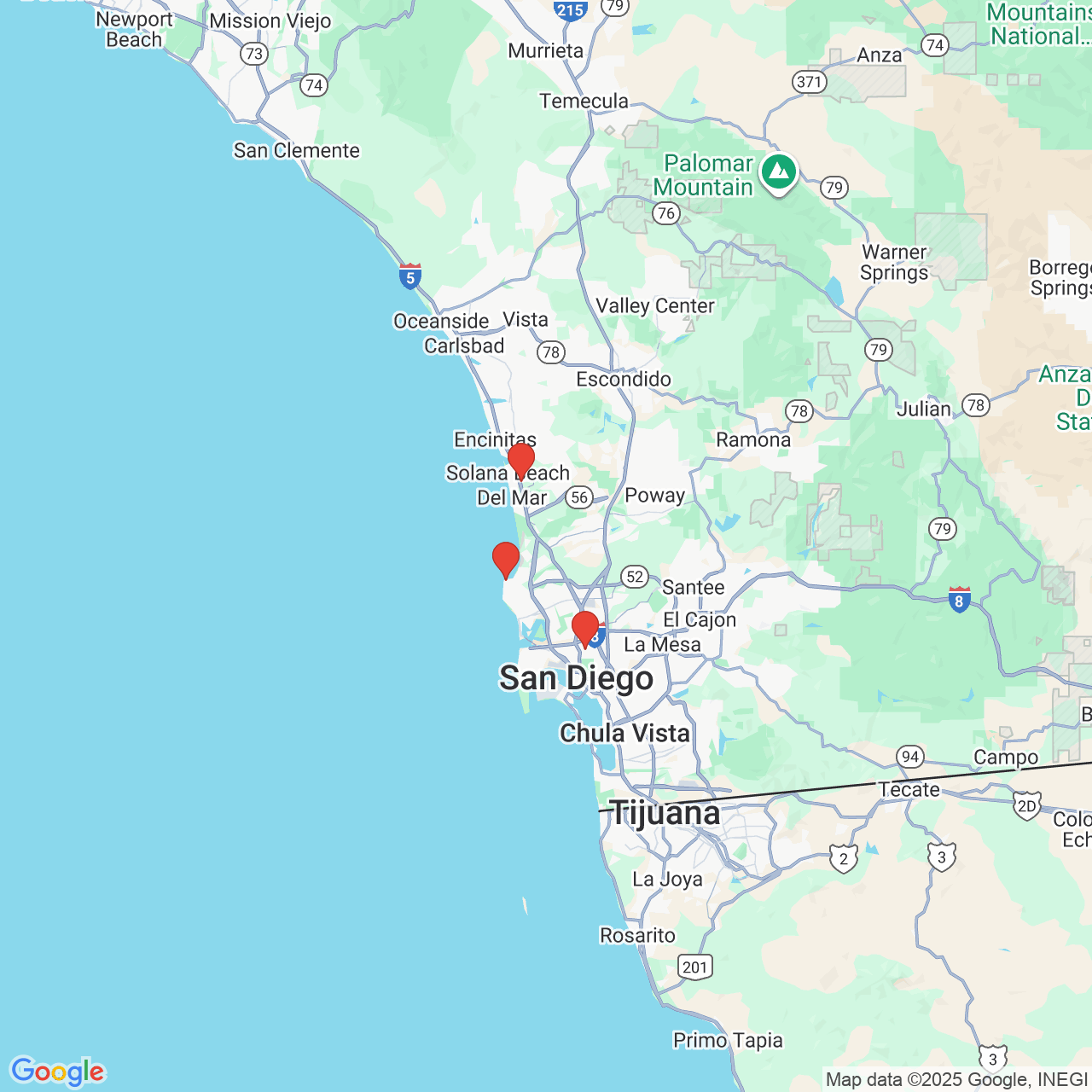LASIK vs. PRK - Which Is Right for You?
 When it comes to vision correction for refractive errors, patients have a number of vision correction options available to them. Nearsightedness, farsightedness, and astigmatism can be treated with LASIK, PRK, glasses, contact lenses, and implantable contact lenses (ICLs). With so many options, many patients have trouble deciding which option is best for them. In this blog post, Dr. Gordon Wong and the team at GW Eye Associates Inc - An Optometric Corporation discuss the differences between two popular laser vision correction procedures: LASIK vs. PRK. Contact our San Diego, CA practice today to find out if you are a good candidate for these procedures.
When it comes to vision correction for refractive errors, patients have a number of vision correction options available to them. Nearsightedness, farsightedness, and astigmatism can be treated with LASIK, PRK, glasses, contact lenses, and implantable contact lenses (ICLs). With so many options, many patients have trouble deciding which option is best for them. In this blog post, Dr. Gordon Wong and the team at GW Eye Associates Inc - An Optometric Corporation discuss the differences between two popular laser vision correction procedures: LASIK vs. PRK. Contact our San Diego, CA practice today to find out if you are a good candidate for these procedures.
Candidacy
One of the main differences between LASIK and PRK are the qualifications for each procedure. While most LASIK candidates are also good candidates for PRK, in most cases, PRK candidates are not good candidates for LASIK. This is because LASIK requires a thicker and healthier cornea than PRK. If you have been precluded from undergoing LASIK due to a thin cornea, irregularly shaped cornea, or previous eye surgery, you may still be able to undergo PRK surgery.
In addition, patients in certain occupations, such as pilots or athletes playing contact sports, may favor PRK surgery over LASIK because of the reduced risk of post-surgical flap complications.
The Surgical Approach
The surgical approach is what truly differentiates PRK from LASIK surgery. During PRK surgery, the outermost layer of the cornea, the epithelium, is removed. This is accomplished with a specialized ocular scraping tool or an alcohol solution. In contrast, during LASIK, an incision is made in the outer layer of the cornea. This three-sided incision creates a hinged flap that can be opened and closed. Both of these surgical approaches provide access to the underlying stromal layer, which is then reshaped with an excimer laser to produce permanently clear vision.
Recovery and Results
After PRK surgery, protective contact lenses are placed in the eyes to encourage healing. These contact lenses stay in place for about a week. Special contact lenses are not needed after LASIK surgery.
Healing time after PRK generally takes longer than LASIK. This is because the epithelial layer must regenerate on its own. Generally, it takes about four days for the surface of the eye to heal, as opposed to just one day with LASIK. During this period of time, patients may experience some discomfort.
While PRK and LASIK patients typically experience improved vision within hours of the procedure, best corrected vision typically just takes two to three days with LASIK and one to two weeks with PRK.
LASIK surgery requires the use of a cornea flap during surgery. The use of the flap greatly reduces post-surgical discomfort and healing times, which is why most patients prefer LASIK. However, it does increase the risk of flap complications such as a wrinkled flaps and flap displacement. For this reason, certain patients may wish to undergo PRK surgery.
To find out if PRK or LASIK surgery is right for you, contact GW Eye Associates Inc - An Optometric Corporation today.


